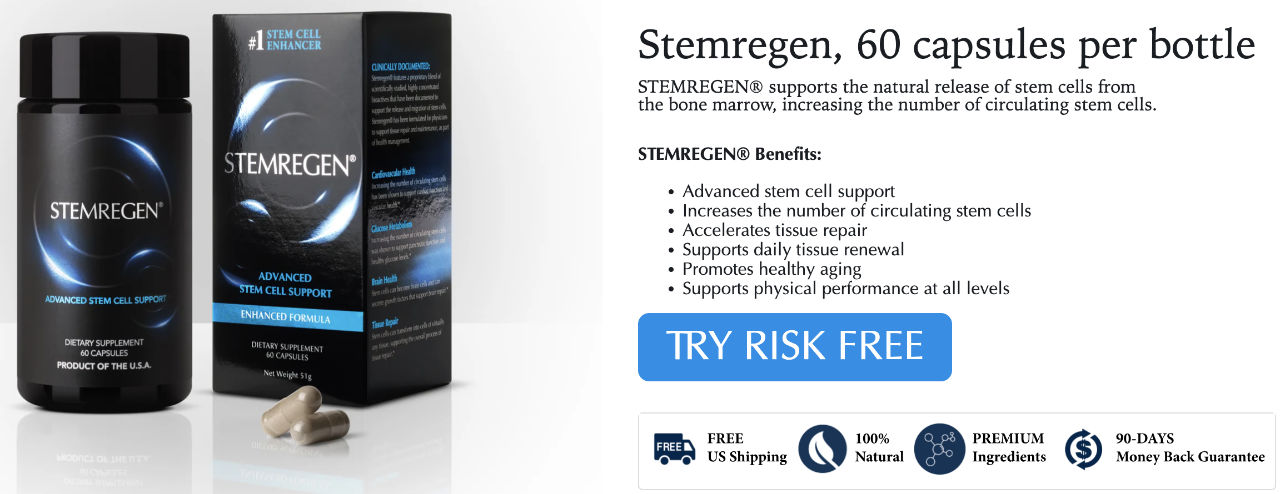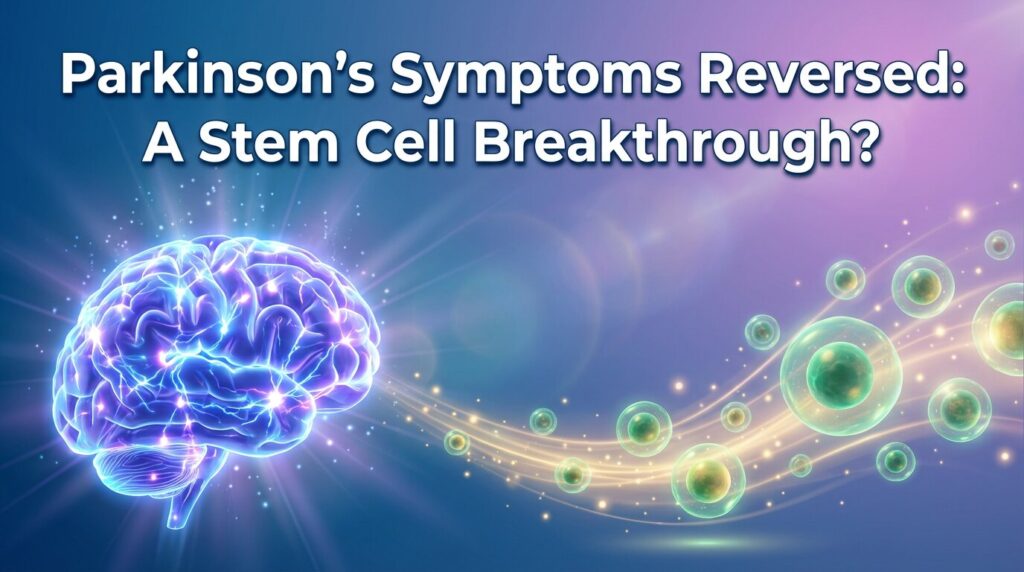Are you facing a stem cell transplant and worried about how much it will hurt? Do you wonder if the pain will be manageable during recovery? Are you concerned about what to expect during the actual procedure?
These fears are completely normal. Many patients approaching stem cell transplantation worry about pain levels and what their recovery experience will be like. Understanding what to expect can help reduce anxiety and prepare you for the journey ahead.
Understanding Stem Cell Transplant Pain
Stem cell transplants involve replacing damaged or diseased stem cells with healthy ones. The procedure itself is not painful, but the treatment process and recovery can involve various levels of discomfort. Pain experiences vary significantly between patients and depend on multiple factors.
Types of Stem Cell Transplants
| Transplant Type | Source | Typical Recovery Time | Pain Level |
| Autologous | Patient’s own cells | 2 months | Moderate |
| Allogeneic | Donor cells | 6-12 months | Higher |
| Cord blood | Umbilical cord | 6-12 months | Moderate to high |
The Transplant Procedure Itself
What Happens During the Procedure
The stem cell infusion feels similar to receiving medication through an intravenous line. According to the Cleveland Clinic, the transplant procedure itself is not painful [1]. The process typically involves:
•Insertion of a central venous catheter (may cause brief discomfort)
•Pre-medication to prevent side effects
•Slow infusion of stem cells over several hours
•Continuous monitoring for reactions
Immediate Procedure Sensations
During the actual transplant, patients may experience:
•Mild discomfort from the IV catheter
•Coolness from the infused cells
•Slight nausea from pre-medications
•Fatigue from lying still for hours
Most patients report that the procedure itself is much less painful than they expected.
Pain During the Conditioning Phase
Pre-Transplant Treatment
Before receiving new stem cells, patients undergo conditioning therapy to prepare their body. This phase often causes more discomfort than the transplant itself.
Chemotherapy conditioning may cause:
•Nausea and vomiting
•Mouth sores (mucositis)
•Fatigue and weakness
•Headaches
•Muscle aches
Radiation therapy (when used) can cause:
•Skin irritation similar to sunburn
•Fatigue that worsens over time
•Nausea and digestive upset
•Hair loss
Pain Management During Conditioning
Medical teams use various strategies to manage conditioning-related discomfort:
•Anti-nausea medications to prevent vomiting
•Pain relievers for headaches and muscle aches
•Mouth rinses to prevent and treat sores
•Skin care products for radiation effects
Recovery Pain Levels and Timeline
Early Recovery (First 2-4 Weeks)
The immediate post-transplant period often involves the most significant discomfort. Common pain sources include:
Mucositis (mouth and throat sores):
•Affects 75-90% of transplant patients
•Pain levels range from 4-8 on a 10-point scale
•Makes eating and drinking difficult
•Usually peaks at 7-14 days post-transplant
Gastrointestinal pain:
•Nausea and vomiting from medications
•Abdominal cramping from gut inflammation
•Diarrhea causing dehydration and discomfort
Fatigue-related discomfort:
•Extreme tiredness affecting daily activities
•Muscle weakness making movement difficult
•Joint stiffness from prolonged bed rest
Mid-Recovery (1-3 Months)
As the new stem cells begin working, some pain sources improve while others may emerge:
Improving symptoms:
•Mucositis gradually heals
•Nausea becomes less frequent
•Energy levels slowly increase
New challenges:
•Graft-versus-host disease (in allogeneic transplants)
•Infection-related pain from weakened immunity
•Medication side effects
Long-term Recovery (3-12 Months)
Pain patterns change as the body continues healing:
•Chronic fatigue may persist for months
•Joint pain from prolonged steroid use
•Nerve pain from chemotherapy effects
•Emotional stress affecting pain perception
Pain Management Strategies
Medication Options
Medical teams use various pain relief medications based on individual needs:
For mild to moderate pain:
•Acetaminophen for general discomfort
•Ibuprofen (when safe for blood counts)
•Topical anesthetics for mouth sores
For severe pain:
•Opioid medications for short-term use
•Patient-controlled analgesia (PCA) pumps
•Nerve blocks for specific pain areas
For nausea and vomiting:
•Ondansetron (Zofran)
•Metoclopramide (Reglan)
•Dexamethasone for severe cases
Non-Medication Pain Relief
Complementary approaches can significantly help with pain management:
Physical comfort measures:
•Ice chips for mouth sores
•Soft foods and nutritional supplements
•Gentle massage for muscle tension
•Positioning aids for comfort
Relaxation techniques:
•Deep breathing exercises
•Meditation and mindfulness
•Guided imagery
•Music therapy
Environmental modifications:
•Quiet, dimly lit rooms
•Comfortable temperature control
•Minimal visitors during difficult periods
•Familiar items from home
Factors Affecting Pain Levels
Patient-Related Factors
Several factors influence how much pain a patient experiences:
Age and overall health:
•Younger patients often recover faster
•Better pre-transplant health correlates with less pain
•Previous cancer treatments may increase sensitivity
Psychological factors:
•Anxiety levels can amplify pain perception
•Depression may worsen pain experiences
•Coping skills affect pain management success
•Social support influences recovery
Treatment-Related Factors
Type of conditioning:
•High-dose chemotherapy causes more severe side effects
•Total body irradiation adds radiation-related pain
•Reduced-intensity conditioning may cause less discomfort
Transplant complications:
•Graft-versus-host disease significantly increases pain
•Infections can cause additional discomfort
•Organ complications may require painful treatments
Real Patient Pain Experiences
Research Findings
A study published in the Journal of Pain Research found that stem cell transplant patients reported:
•Average pain scores of 4.5 on a 0-10 scale [2]
•Peak pain typically occurring 7-14 days post-transplant
•Significant variation between individual experiences
•Gradual improvement over 2-3 months
Patient Testimonials
Common patient descriptions of transplant pain include:
“The procedure itself was easy – like getting an IV. The hard part was the week after when my mouth was so sore I couldn’t eat.”
“I expected the worst, but the pain was manageable with medication. The fatigue was harder to deal with than the pain.”
“Some days were really tough, but knowing it was temporary helped me get through it.”
Managing Expectations
What to Expect
Realistic expectations help patients prepare mentally:
•Some pain is normal and expected
•Pain levels vary day by day
•Medication helps but may not eliminate all discomfort
•Recovery takes time – patience is essential
Communication with Medical Team
Open communication with healthcare providers is crucial:
•Report pain levels honestly and regularly
•Describe pain characteristics (sharp, dull, burning)
•Mention pain location and timing
•Discuss concerns about pain medication
Pain Assessment Tools
Medical teams use standardized scales to assess pain:
Numeric Rating Scale:
•0 = No pain
•1-3 = Mild pain
•4-6 = Moderate pain
•7-10 = Severe pain
Functional Assessment:
•Can you sleep?
•Can you eat?
•Can you walk?
•Can you concentrate?
Special Considerations for Different Transplant Types
Autologous Transplants
Using your own stem cells typically involves:
•Shorter recovery time (about 2 months)
•Lower infection risk
•No graft-versus-host disease
•Generally less pain overall
Allogeneic Transplants
Using donor stem cells often means:
•Longer recovery (6-12 months or more)
•Higher complication risk
•Potential for graft-versus-host disease
•More intensive pain management needs
Cord Blood Transplants
Using umbilical cord blood may involve:
•Slower engraftment process
•Extended hospital stay
•Gradual immune system recovery
•Variable pain experiences
When to Seek Help
Warning Signs
Contact your medical team immediately if you experience:
•Sudden severe pain that doesn’t respond to medication
•Fever with pain (may indicate infection)
•Difficulty breathing or chest pain
•Severe nausea preventing fluid intake
•Signs of infection at catheter sites
Pain That Interferes with Recovery
Seek additional help if pain prevents:
•Adequate nutrition and hydration
•Necessary physical activity
•Sleep and rest
•Medication compliance
Long-term Pain Outlook
Recovery Timeline
Most patients find that pain gradually decreases over time:
Weeks 1-2: Peak discomfort period Weeks 3-4: Gradual improvement begins Months 2-3: Significant pain reduction Months 6-12: Most pain resolves
Chronic Pain Considerations
Some patients may experience long-term effects:
•Chronic fatigue affecting quality of life
•Neuropathy from chemotherapy
•Joint problems from steroid use
•Chronic graft-versus-host disease
Follow-up Care
Regular follow-up appointments help address:
•Ongoing pain management needs
•Physical therapy for strength and mobility
•Psychological support for adjustment
•Monitoring for late complications
Preparing for Your Transplant
Before the Procedure
Preparation strategies can help minimize pain:
•Dental care to prevent mouth infections
•Physical conditioning to improve strength
•Nutritional optimization
•Stress reduction techniques
Building Your Support Team
Strong support systems improve pain management:
•Family and friends for emotional support
•Healthcare team for medical management
•Social workers for practical assistance
•Support groups for shared experiences
The Bottom Line on Transplant Pain
Stem cell transplants involve manageable pain for most patients. While the procedure itself is not painful, the conditioning therapy and recovery process can cause significant discomfort. However:
•Effective pain management strategies are available
•Medical teams are experienced in controlling transplant-related pain
•Most pain is temporary and improves over time
•The benefits of successful transplantation outweigh temporary discomfort
Remember: Every patient’s experience is different. Work closely with your medical team to develop a pain management plan that works for you. Don’t hesitate to speak up about your pain – your comfort and recovery are the top priorities.
With proper preparation, realistic expectations, and good medical support, most patients successfully navigate the transplant process and achieve their treatment goals.
References:
[1] Cleveland Clinic. Stem Cell (Bone Marrow) Transplant. https://my.clevelandclinic.org/health/treatments/22567-stem-cell-transplants
[2] Pederson C, et al. Pain in adult recipients of blood or marrow transplant. Oncol Nurs Forum. 1999;26(10):1663-8. https://pubmed.ncbi.nlm.nih.gov/10603686/
[3] Anthony Nolan. Physical side effects during recovery. https://www.anthonynolan.org/patients-and-families/recovering-a-stem-cell-transplant/physical-side-effects-during-recovery
[4] Galvin JP, et al. Pain Following Hematopoietic Stem Cell Transplant. Biol Blood Marrow Transplant. 2015;21(2):255-262. https://www.astctjournal.org/article/S1083-8791(14)01100-8/fulltext



